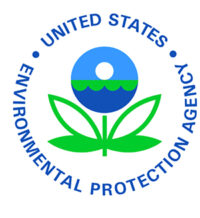Grants funded by President Biden’s Bipartisan Infrastructure Law to support efforts to reduce greenhouse gas emissions and mitigate climate change
WASHINGTON- the U.S. Environmental Protection Agency (EPA) announced the availability of $50 million in grant funding from President Biden’s Bipartisan Infrastructure Law to help states, Tribes and territories develop and implement Underground Injection Control (UIC) Class VI programs. Under the Safe Drinking Water Act, Class VI programs ensure that groundwater resources are protected while supporting geologic sequestration of carbon dioxide (CO2) to reduce greenhouse gas emissions and mitigate climate change.
“EPA is excited to provide funding from President Biden’s Bipartisan Infrastructure Law to our state and Tribal partners to develop programs that protect our essential groundwater resources and combat the climate crisis,†said EPA Assistant Administrator for Water Radhika Fox. “This funding demonstrates just one of the many ways EPA is working collaboratively to ensure that all people have clean and safe water.â€
EPA supports efforts by states, Tribes, and territories to implement existing primacy programs and seek primary enforcement and permitting responsibility (primacy) for Class VI programs. EPA is inviting states, Tribes and territories to submit letters of intent to indicate their interest in this new funding, and interested parties have until March 20, 2023 to submit their letters. After receiving submissions, EPA will determine funding allocations and award the full $50 million in a one-time distribution.
As a condition of receiving funding, applicants to the new Class VI UIC grant program must demonstrate how environmental justice and equity considerations will be incorporated into their Class VI UIC primacy programs. Primacy program commitments may include identifying communities with potential environmental justice concerns, enhancing public involvement, appropriately scoped environmental justice assessments, enhancing transparency throughout the permitting process and minimizing adverse effects associated with permitting actions.







